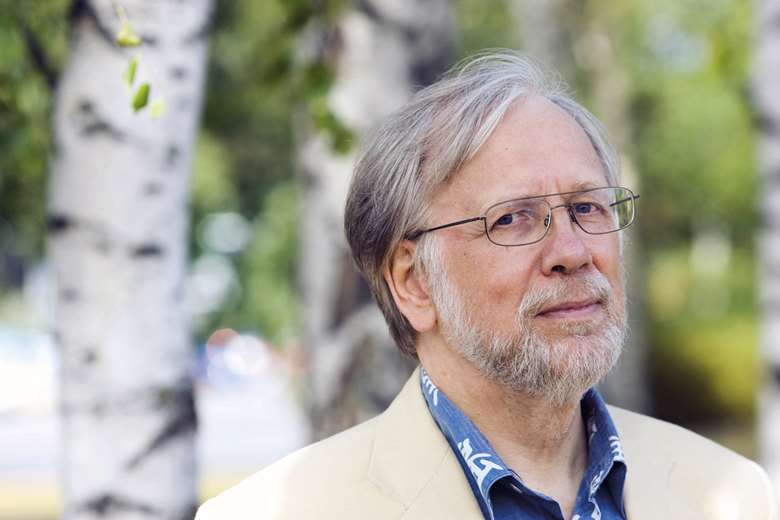The Finnish composer Paavo Heininen has died
Wednesday, January 19, 2022
The 'most uncompromising Finnish composer of his generation' was born on January 13, 1938 and died on January 18, 2022

Register now to continue reading
Thanks for exploring the Gramophone website. Sign up for a free account today to enjoy the following benefits:
- Free access to 3 subscriber-only articles per month
- Unlimited access to our news, podcasts and awards pages
- Free weekly email newsletter








